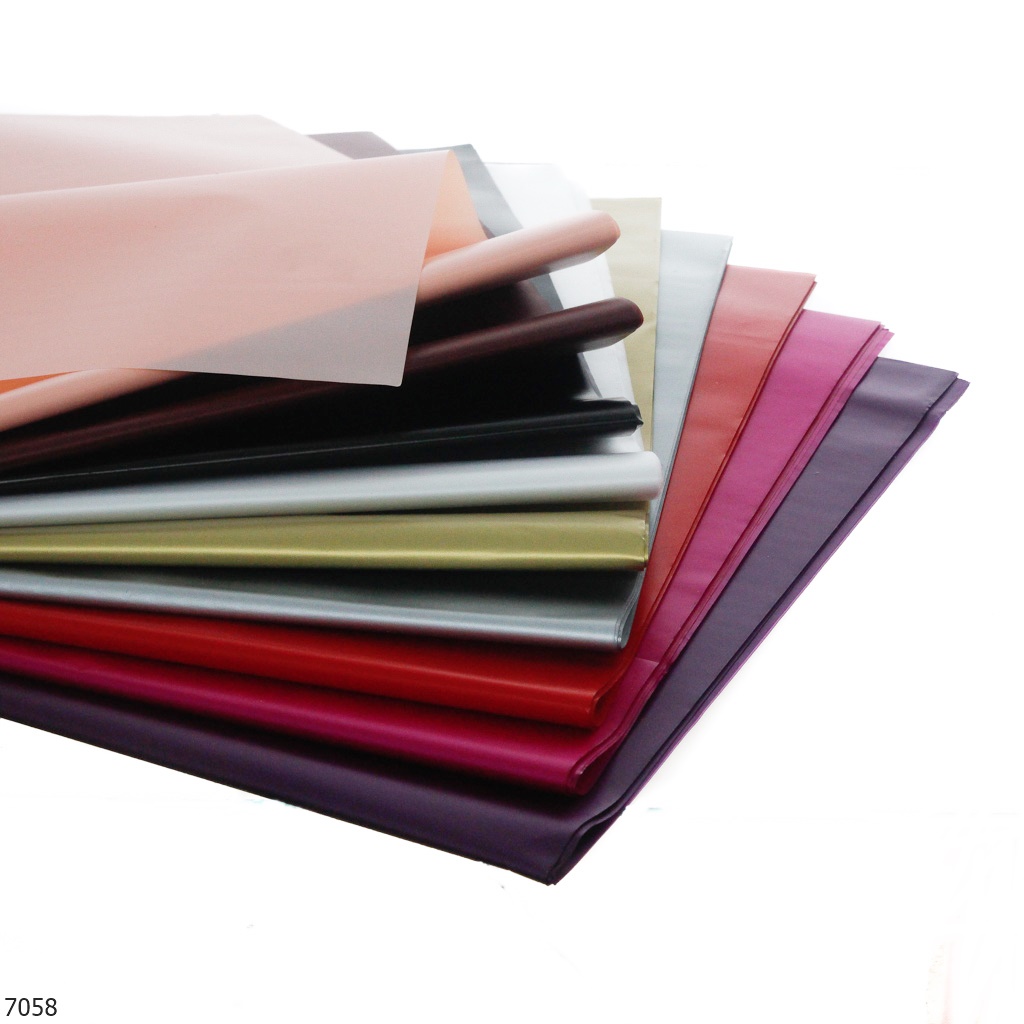Cellophane is a thin, transparent sheet made of regenerated cellulose. It is an amazing material with a wide range of uses, from food packaging to medical dressings.
Cellophane was first developed in 1908 by Swiss chemist Jacques E. Brandenberger. He was looking for a way to improve the shelf life of food products and came up with the idea of using cellophane as a protective wrapping.
Cellophane is manufactured by dissolving cellulose in alkaline solutions, which produces a viscous solution known as viscose. This solution is then extruded through a narrow die and cooled to form cellophane film.
The properties of cellophane make it ideal for many different applications. It is impermeable to gas and moisture, making it perfect for food packaging. It is also biodegradable and recyclable.
Cellophane has been used in a variety of medical applications, including wound dressings, bandages, and blood transfusion bags. It is also used in the manufacture of artificial organs and tissues.


